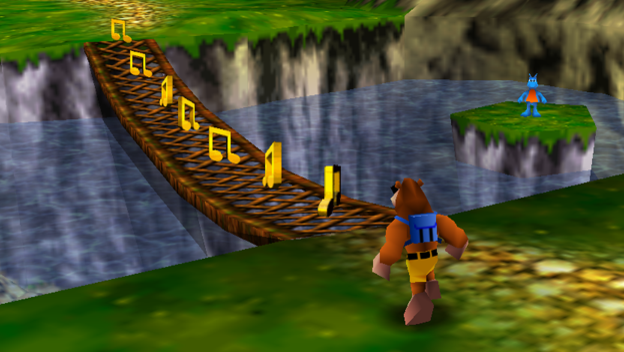We’ve reached the peak of late-’90s nostalgia, and that means it’s time for the PlayStation and Nintendo 64 to get the love and attention that the Super Nintendo and Sega Genesis have seen in years past. But… that’s not exactly what we’re seeing, is it? As it turns out, it’s noticeably tougher for games of that generation to hold up and see new life in the way its counterparts from other eras have managed. It’s going to mean many of these releases aren’t going to have the lasting legacy they perhaps deserve, too.
So what’s going on to make this happen? It’s mostly about technology. It was the first time polygonal games were anything more than a rough novelty, and with both companies wanting to show the power of their systems, previous pixel-driven games were largely abandoned. It led to three factors that all undermine the chances of modern success.
The first: the limits of emulation. This is certainly getting way better over the years, but generally speaking, it’s tough (and resource-intensive) to run these games at something approaching total accuracy. Whether it’s running a game on a phone or building a low-cost microconsole, it’s not nearly as easy or successful as the same thing with a Genesis or SNES game. (Or Game Boy Advance, which has some clear advantages in a world of widescreen displays!) And with the exponential storage requirements of games designed to fill discs with music and full-motion video, that adds cost and limits choices, too.
The second: the gameplay itself. Don’t worry! I’m not about to tear down the enjoyment you may have had as a child with Super Mario 64 or Tomb Raider . Those early games certainly have their merits, and at the time, they were true innovators. Simply put, though, movement in a polygonal space just wasn’t figured out yet, and modern games have gotten a lot better at it. There are some truly distinct releases (like PaRappa The Rapper and Pokémon Snap ), and there are games for which controls don’t matter so much (like Paper Mario and Final Fantasy VII ). We’ve gotten better at making people jump and aim, though. If you look at games like Super Mario World and Street Fighter II , it’s clear that they don’t have the same problem.

Both of these lead to the importance of the third obstacle: the difficulty of a remaster. The way around both emulation and control issues is to get back in there and rebuild the game for modern systems and audiences, and that’s exactly what we’ve seen recently with all the effort around Crash Bandicoot and Spyro the Dragon . The problem, of course, is that with early, experimental 3D engines and the resolutions of the time, teams generally are working from scratch and trying to retain the feel and spirit of the games without really anything from the original release lying beneath. Occasionally we get raw releases like Banjo-Kazooie , but they’re notable because they’re exceptions.
It’s also expensive, and you have to be a big game like that to justify all that effort. While games from the PlayStation 2, Xbox and GameCube lineups can more easily be remastered with the original assets and a handy resolution upgrade, PS1 and N64 games can’t. We’ve seen how pretty original Xbox games can be in 4K without a ton of modification, and the PS2 classics showing up on PS4 can be similarly impressive. And it means we can play games of middling popularity like Okage: Shadow King and Blinx: The Time Sweeper when their earlier counterparts may never see the light of day again.
But hey: at least the PS1 and N64 don’t have it nearly as rough as the Saturn?
